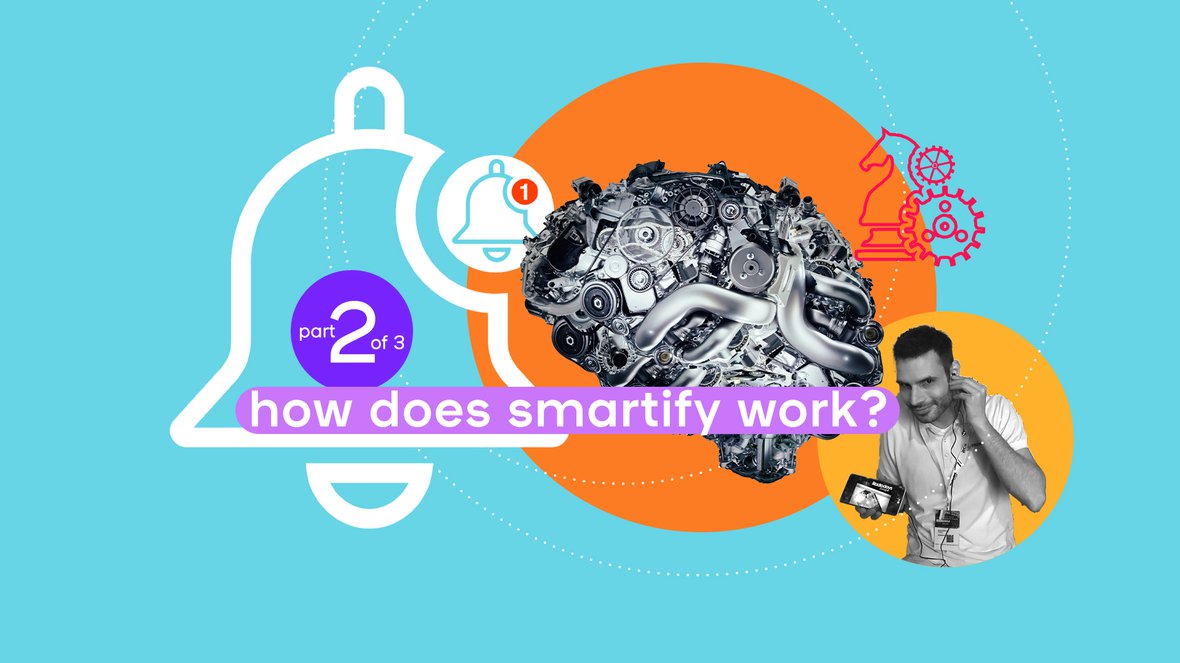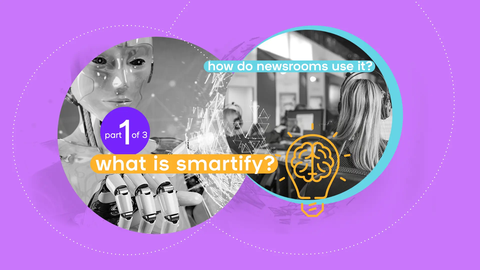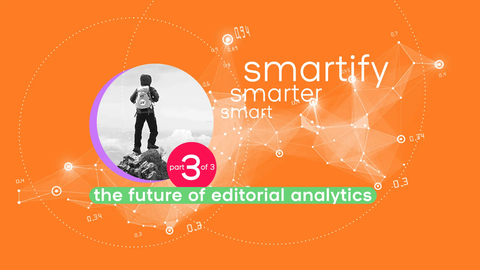In part 1 of this trilogy we already told you about what Smartify is and why it will benefit your newsroom. In this part (part 2), we will dive a little more detailed into how Smartify was build and how the system actually works. The last part of this trilogy, part 3, is about the future of editorial analytics and Smartify and will be filled with predictions from our CEO Erik van Heeswijk.
Our CMO, Rutger Verhoeven, chats with our CDO, Ilija Susa
From day one we designed smartocto to be useful in the newsroom. Because - let’s be honest - fancy numbers, pretty graphs and lists of the best performing stories on a big screen might look sexy, but in reality and in practical terms, they do little more than give your ego a nice massage.
In the past we’ve had many conversations with newsrooms and storytellers where they’ve said something related to this: having data wasn’t the problem, but knowing what to do with it is. And that insight was one of the main reasons we created smart notifications - to help you go from data shock to action stations. To simply tell you what the best course of action is for every story, at any given time, and always, always, in relation to your business model.
But we also have to admit that sometimes newsrooms are a hectic place to be - especially on days when the world or your local area seem to be on fire (literally or figuratively) and time is a scarce resource.
Times like these, stories get published thick and fast and there is hardly time for reflection - let alone to keep an overview.
So, we realised that our editorial analytics system could benefit from a different, complementary approach - one that was better connected to what journalists, storytellers and editors actually do. A super practical solution to help every day, but particularly when it’s really manic.
And that’s how Smartify was invented. This new technology doesn’t take the story as the key point of focus, but rather puts editorial action at its heart. And with this reversed approach it becomes possible to match specific stories with concrete editorial tasks.
Now, I can hear the cogs turning. I can hear you asking, how does this work? Excellent question. The best person to answer this is Ilija Susa - CDO, one of smartocto’s founders and also the brains behind the tech that powers Smartify.



